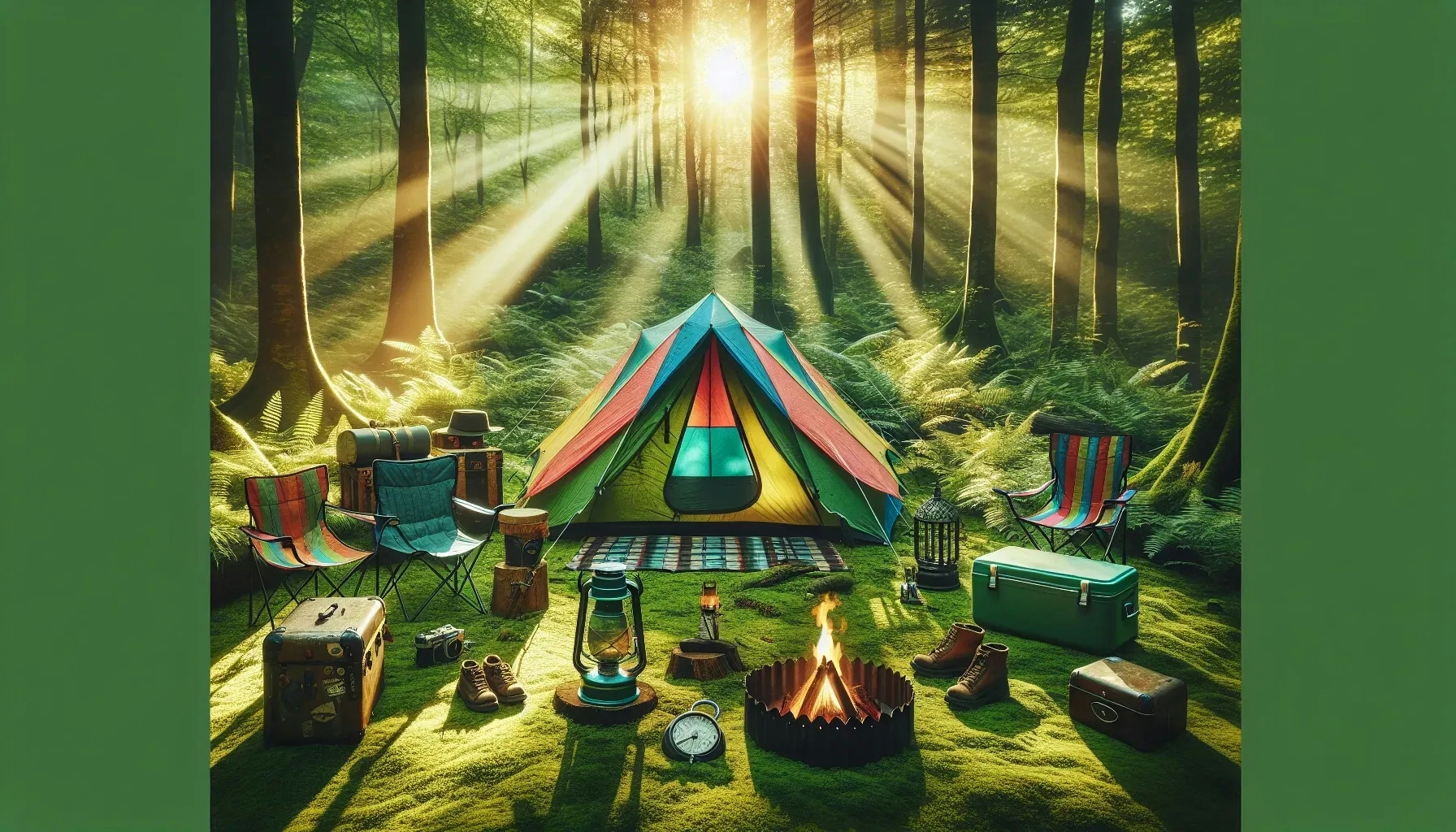Welcome to our comprehensive guide on setting up and maintaining your campsite. This blog post aims to provide you with expert advice and practical tips to ensure a smooth and enjoyable camping experience. Whether you're a seasoned camper or a beginner, you'll find valuable insights to help you master the art of campsite setup and maintenance.
Choosing the Perfect Campsite
A successful camping trip starts with the selection of an ideal campsite. Look for a location that is flat and free from rocks, roots, and other debris. This will ensure a comfortable sleeping area and a safe place to set up your tent.
Avoid setting up your campsite near water bodies. While it may seem like a good idea to be near a water source, it can attract wildlife and insects. Moreover, sudden weather changes can cause water levels to rise unexpectedly.
Consider the direction of the wind when setting up your campsite. Position your tent in a way that the wind doesn't blow directly into your tent's door. This will help keep the inside of your tent warm and free from dust and debris.
Setting Up Your Tent
Once you've chosen your campsite, the next step is to set up your tent. Start by clearing the area of any debris that could potentially damage your tent or make sleeping uncomfortable.
Unpack your tent and lay out all the components. This includes the tent body, rainfly, poles, stakes, and guylines. Assemble the tent poles and insert them into the corresponding sleeves or clips on the tent body.
Raise the tent by bending the poles into an arch, ensuring the tent takes its shape. Secure the tent to the ground using the stakes, and attach the guylines to provide additional stability.
Lastly, cover the tent with the rainfly. Make sure it's properly aligned with the tent doors and windows. Secure it with the remaining stakes and guylines.
Organizing Your Campsite
Organizing your campsite effectively can make your camping experience more comfortable and enjoyable. Designate specific areas for cooking, eating, and relaxing.
Keep your cooking area at a safe distance from your tent to prevent any accidental fires. Store your food and cooking utensils in airtight containers to keep them safe from wildlife.
Create a comfortable eating area with camping chairs and a table. This will also serve as a communal area where you can relax and socialize.
Keep your sleeping area clean and free from food items and trash. This will help prevent attracting wildlife to your tent.
Campfire Safety and Maintenance
A campfire is a quintessential part of camping. However, it's crucial to practice campfire safety. Choose a spot for your campfire that's downwind and at least 15 feet away from your tent and other flammable items.
Use a fire ring if one is available. If not, create a makeshift fire pit by clearing a space and encircling it with rocks.
Keep your fire manageable. A large fire may seem appealing, but it's harder to control. Always have a bucket of water or a fire extinguisher nearby.
Before going to bed or leaving your campsite, ensure the fire is completely out. Douse it with water, stir the ashes, and douse it again.
Keeping Your Campsite Clean
Maintaining the cleanliness of your campsite is not only respectful to other campers, but it's also a key part of preserving the environment.
Dispose of your trash properly. If there are no trash bins available, bring trash bags and take your garbage with you when you leave.
Use biodegradable soap for cleaning dishes and other items. Avoid washing dishes or dumping wastewater near water bodies.
Leave your campsite better than you found it. This is a common camping etiquette that every camper should follow.
Packing Up Your Campsite
When it's time to leave, packing up your campsite properly is just as important as setting it up.
Start by cleaning your campsite. Pick up all trash, put out your campfire completely, and ensure you haven't left anything behind.
Take down your tent by removing the stakes and guylines, taking off the rainfly, and collapsing the poles. Fold the tent and roll it tightly before putting it back in its bag.
Lastly, inspect your campsite one last time before leaving. The goal is to leave no trace that you were ever there.
Wrapping Up Your Camping Adventure
Setting up and maintaining your campsite is a crucial part of any camping trip. With these expert tips, you'll be well-equipped to create a comfortable, safe, and enjoyable outdoor living space. Remember, the key to a successful camping experience lies in preparation, organization, and respect for the environment. Happy camping!

